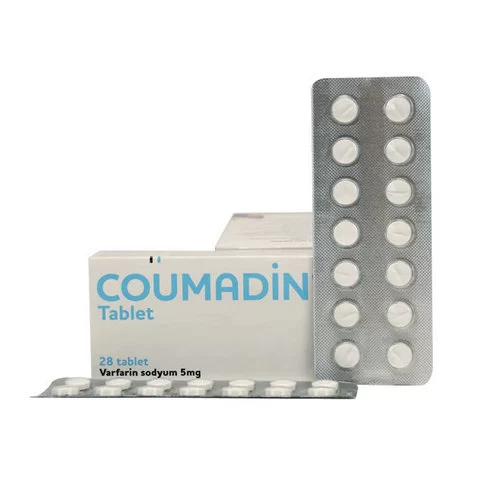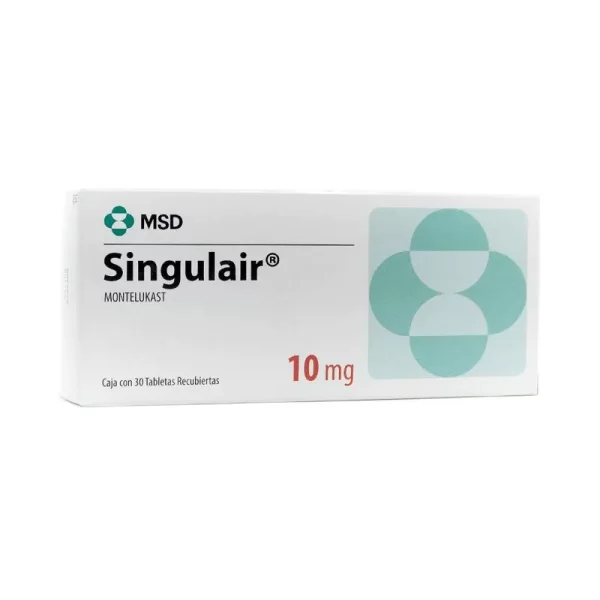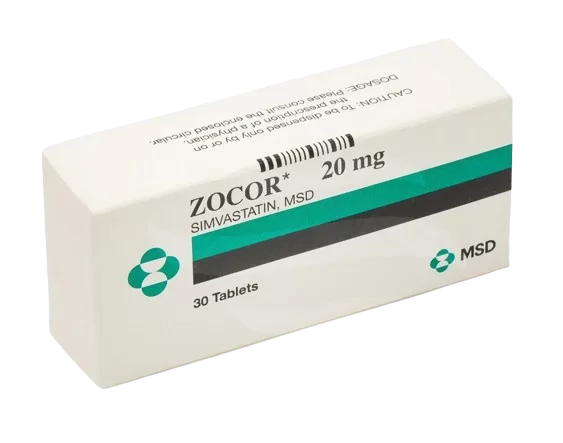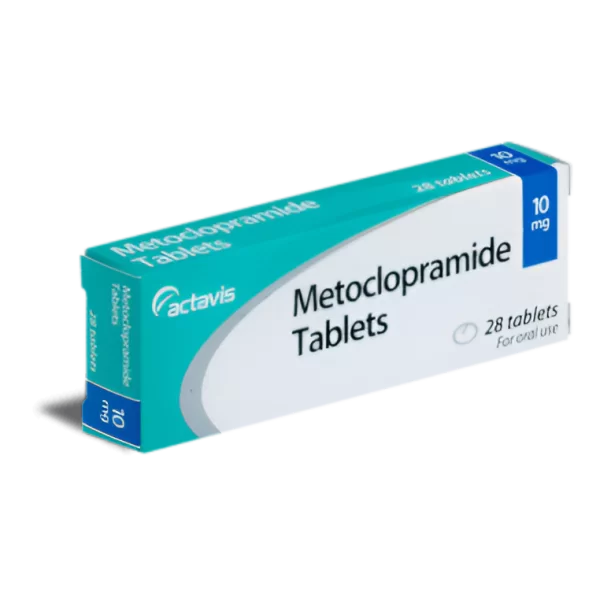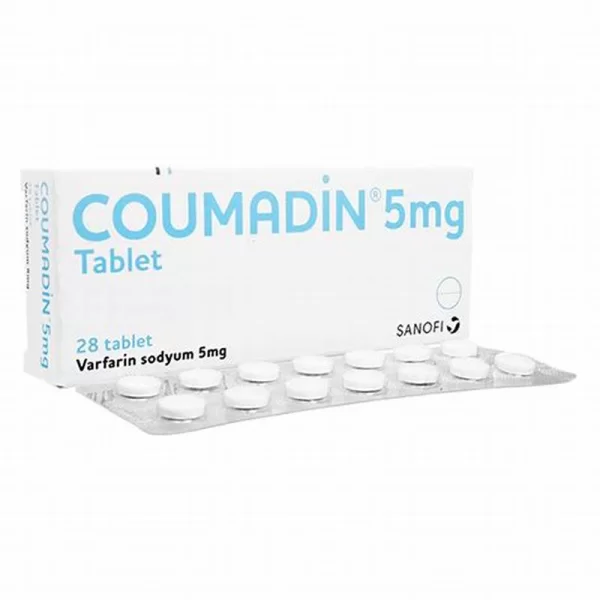
Coumadin
Coumadin - 5mg
| Product | Per Pill | Savings | Per Pack | Order |
|---|---|---|---|---|
| 60 pills | $0.77 | $45.92 | Buy Now | |
| 90 pills | $0.63 | $12.12 | $68.88 $56.76 | Buy Now |
| 120 pills | $0.56 | $24.24 | $91.83 $67.59 | Buy Now |
| 180 pills | $0.50 | $48.49 | $137.76 $89.27 | Buy Now |
| 270 pills | $0.45 | $84.86 | $206.64 $121.78 | Buy Now |
| 360 pills | $0.43 | $121.23 | $275.52 $154.29 | Buy Now |
Coumadin - 2mg
| Product | Per Pill | Savings | Per Pack | Order |
|---|---|---|---|---|
| 60 pills | $0.54 | $32.49 | Buy Now | |
| 90 pills | $0.44 | $9.16 | $48.73 $39.57 | Buy Now |
| 120 pills | $0.39 | $18.32 | $64.98 $46.66 | Buy Now |
| 180 pills | $0.34 | $36.65 | $97.47 $60.82 | Buy Now |
| 270 pills | $0.30 | $64.14 | $146.21 $82.07 | Buy Now |
| 360 pills | $0.29 | $91.62 | $194.94 $103.32 | Buy Now |
Coumadin - 1mg
Overview of Coumadin
General Introduction to Coumadin
Coumadin, also known by its generic name warfarin, is an anticoagulant medication used to prevent and treat blood clots. It is commonly prescribed for conditions such as deep vein thrombosis (DVT), pulmonary embolism (PE), and to prevent stroke in patients with atrial fibrillation or heart valve replacement. Coumadin works by inhibiting the synthesis of vitamin K-dependent clotting factors, which are essential for blood clot formation. This medication is available in tablet form, making it convenient for long-term use.
Key Benefits of Coumadin
Coumadin offers several key benefits for patients requiring anticoagulation therapy:
- Prevention of Blood Clots: Effectively reduces the risk of blood clot formation in patients with various conditions.
- Stroke Prevention: Helps prevent strokes in patients with atrial fibrillation and those with mechanical heart valves.
- Long-Term Use: Suitable for long-term management of clotting disorders.
- Oral Administration: Available in tablet form for ease of use and patient compliance.
Unique Properties of Coumadin
Coumadin is unique in its ability to inhibit the synthesis of vitamin K-dependent clotting factors (II, VII, IX, and X), which are essential for blood coagulation. This mechanism allows for effective anticoagulation and prevention of thromboembolic events.
Comparison with Similar Medications
Compared to other anticoagulants, Coumadin offers unique advantages:
- Extensive Clinical Experience: Long history of use with well-documented efficacy and safety.
- Monitoring and Adjustability: Requires regular monitoring of the International Normalized Ratio (INR) to ensure optimal dosing and safety.
- Cost-Effectiveness: Generally more affordable than newer anticoagulants.
Safety and Tolerability of Coumadin
Coumadin is generally well-tolerated when used as directed. Common side effects include bleeding, bruising, and gastrointestinal upset. Serious side effects may include severe bleeding, allergic reactions, and liver toxicity. Regular monitoring by a healthcare provider is essential to ensure safety and efficacy.
Indications for Use of Coumadin
Diseases and Conditions Treated by Coumadin
Coumadin is prescribed for the prevention and treatment of various thromboembolic conditions, including:
- Deep Vein Thrombosis (DVT): To prevent and treat blood clots in the legs.
- Pulmonary Embolism (PE): To prevent and treat blood clots in the lungs.
- Atrial Fibrillation: To reduce the risk of stroke.
- Heart Valve Replacement: To prevent clot formation on mechanical heart valves.
- Myocardial Infarction: To reduce the risk of recurrent heart attacks.
Symptoms Indicating Use
Patients at risk of thromboembolic events, such as those with atrial fibrillation, recent surgery, or a history of blood clots, may benefit from Coumadin. It is particularly effective in reducing the risk of stroke and recurrent thromboembolic events.
Dosage and Administration of Coumadin
Recommended Dosage for Adults
The dosage of Coumadin varies depending on the condition being treated and individual patient factors. The initial dose is typically 2 to 5 mg per day, adjusted based on the INR to achieve the desired therapeutic range (usually between 2.0 and 3.0 for most indications).
Dosage for Children
Coumadin is not commonly prescribed for children. Pediatric dosing should be guided by a healthcare provider, with careful monitoring of the INR to ensure safety and efficacy.
Dosage for Elderly Patients
Elderly patients may require lower doses of Coumadin due to increased sensitivity to the medication and the risk of bleeding. It is important to start at a lower dose and adjust based on therapeutic response and INR monitoring.
Optimal Timing of Administration
Coumadin should be taken once daily at the same time each day, preferably in the evening. This timing allows for consistent blood levels and easier adjustment of doses based on INR results.
Frequency of Administration
Coumadin is typically administered once daily. Consistent daily administration is crucial for maintaining therapeutic drug levels and achieving optimal anticoagulation.
Impact of Food on Efficacy
Certain foods high in vitamin K, such as leafy green vegetables, can affect the efficacy of Coumadin. Patients should maintain a consistent intake of vitamin K-rich foods and inform their healthcare provider of any significant dietary changes.
Pharmacological Action of Coumadin
Mechanism of Action
Warfarin, the active ingredient in Coumadin, works by inhibiting the enzyme vitamin K epoxide reductase. This inhibition reduces the synthesis of active vitamin K-dependent clotting factors (II, VII, IX, and X), leading to anticoagulation and prevention of clot formation.
Molecular and Cellular Targets
Warfarin targets vitamin K epoxide reductase, preventing the reduction of vitamin K epoxide to its active form. This inhibition decreases the production of vitamin K-dependent clotting factors, reducing blood clot formation.
Metabolic Pathways
Warfarin is metabolized primarily in the liver by the cytochrome P450 enzyme system, specifically CYP2C9. Its metabolites are excreted primarily in the urine, with a small portion excreted in the feces.
Biochemical Changes
Inhibition of vitamin K epoxide reductase by warfarin leads to decreased levels of active clotting factors, reducing the blood's ability to form clots. This biochemical change results in effective anticoagulation and prevention of thromboembolic events.
Physiological Effects
By preventing the formation of blood clots, Coumadin reduces the risk of stroke, heart attack, and other thromboembolic events. It helps maintain normal blood flow and prevents complications associated with clot formation.
Composition of Coumadin
Active Ingredient
The active ingredient in Coumadin is warfarin sodium. It is available in tablet form, with strengths ranging from 1 mg to 10 mg.
Inactive Ingredients
Inactive ingredients in Coumadin tablets may include lactose, magnesium stearate, and starch. These ingredients aid in the formulation and stability of the medication.
Role of Each Component
Warfarin acts as the primary anticoagulant agent, while inactive ingredients ensure proper formulation, stability, and absorption of the medication.
Side Effects of Coumadin
Common Side Effects
Common side effects of Coumadin include bleeding, bruising, and gastrointestinal upset. These side effects are usually mild and may decrease with continued use of the medication.
Rare Side Effects
Rare side effects may include severe allergic reactions, liver toxicity, and skin necrosis. Patients should seek medical attention if they experience symptoms such as rash, yellowing of the skin or eyes, dark urine, or severe abdominal pain.
Serious Side Effects
Serious side effects requiring immediate medical attention include signs of severe bleeding (such as unusual bruising, black or bloody stools, coughing up blood, or severe headache), allergic reactions (rash, itching/swelling, severe dizziness, trouble breathing), and liver damage (jaundice, dark urine, severe abdominal pain).
Frequency and Severity
Most side effects are mild and occur early in the treatment. Serious side effects are rare but warrant close monitoring by a healthcare provider. Regular follow-up appointments and INR monitoring can help manage and mitigate these risks, ensuring safe and effective use of Coumadin.
Prevention of Side Effects
General Precautions
To minimize side effects, patients should follow the prescribed dosage and undergo regular INR monitoring. It is important to maintain consistent dietary habits, especially regarding vitamin K intake, and avoid excessive alcohol consumption. Patients should inform their healthcare provider of all medications and supplements they are taking.
Recommendations for Better Tolerability
Using Coumadin as directed and maintaining regular follow-up appointments with a healthcare provider can improve tolerability. Patients should be educated on the importance of adhering to the prescribed treatment regimen and monitoring their INR levels. Using a medication diary or reminder app can help ensure consistent dosing.
Contraindications of Coumadin
Conditions and Diseases
Coumadin is contraindicated in patients with known hypersensitivity to warfarin or any of its components. It should not be used in patients with active bleeding, recent surgery with a high risk of bleeding, severe liver or kidney disease, or pregnancy due to the risk of teratogenic effects.
Explanation of Contraindications
Warfarin may exacerbate certain conditions, such as active bleeding, due to its anticoagulant properties. Hypersensitivity reactions can cause severe allergic responses, making it crucial to assess a patient's medical history and allergies before prescribing Coumadin.
Warnings and Precautions for Coumadin
Potential Risks
Patients should be monitored for signs of bleeding, liver toxicity, and changes in INR levels. Regular blood tests may be required to monitor INR and ensure the medication is within the therapeutic range. Caution is advised in patients with a history of liver disease, kidney disease, or gastrointestinal disorders.
Safety Measures
Regular monitoring by a healthcare provider, starting with a low dose, and adjusting as needed can help mitigate risks. Patients should be instructed to report any symptoms of bleeding, severe allergic reactions, or changes in INR levels.
Missed Dose of Coumadin
Immediate Actions
If a dose is missed, take it as soon as remembered unless it is almost time for the next dose. Do not double the dose to catch up. Continue with the regular dosing schedule.
Preventive Strategies
Using reminders and keeping a consistent schedule can help prevent missed doses. Patients can set alarms, use medication reminder apps, or keep a medication diary to track their doses.
Drug Interactions with Coumadin
Interacting Medications
Coumadin may interact with various medications, including antibiotics, antifungals, and certain antidepressants. These interactions can either reduce the efficacy of Coumadin or increase the risk of bleeding. It is essential to inform the healthcare provider of all medications being taken to avoid potential interactions.
Effects of Interactions
These interactions can affect the metabolism and efficacy of Coumadin or the concomitant medications. For instance, certain drugs can increase the risk of bleeding or reduce the effectiveness of Coumadin. Monitoring INR levels and adjusting dosages may be necessary to manage these interactions.
Avoiding Interactions
Inform the healthcare provider of all medications being taken to avoid potential interactions. Patients should not start, stop, or change the dosage of any medicines without their healthcare provider’s approval. Regular reviews of medication regimens can help identify and manage potential interactions.
Overdose of Coumadin
Symptoms of Overdose
Symptoms of overdose may include severe bleeding, bruising, and prolonged INR. Seek emergency medical help if an overdose is suspected. Supportive measures and symptomatic treatment are recommended, and vitamin K may be administered to reverse the anticoagulant effects.
Immediate Actions
Seek emergency medical help if an overdose is suspected. Supportive measures and symptomatic treatment are recommended. Activated charcoal may be administered if the overdose is recent, and vitamin K may be given to reverse the effects of warfarin.
Pharmacokinetics of Coumadin
Absorption
Warfarin is well-absorbed from the gastrointestinal tract, with peak plasma concentrations reached within 1 to 2 hours after oral administration. The bioavailability of warfarin is approximately 100%.
Distribution
Warfarin is widely distributed throughout the body, with a volume of distribution of about 0.14 liters per kilogram. It is highly bound to plasma proteins, primarily albumin.
Metabolism
Warfarin is extensively metabolized in the liver by the cytochrome P450 enzyme system, specifically CYP2C9. Its metabolites are excreted primarily in the urine, with a small portion excreted in the feces.
Elimination
The half-life of warfarin is approximately 36 to 42 hours. Dose adjustments may be necessary for patients with liver or kidney impairment to prevent accumulation and toxicity.
Dosage Forms of Coumadin
Available Forms and Dosages
Coumadin is available in tablet form, with strengths ranging from 1 mg to 10 mg. These various forms and dosages allow for flexible and tailored treatment approaches based on patient needs and tolerability.
Benefits of Different Forms
The availability of multiple strengths of Coumadin tablets makes it suitable for various patient preferences and clinical situations. Different tablet strengths allow for precise dosing adjustments based on INR levels and individual patient response.
Pregnancy and Breastfeeding with Coumadin
Safety During Pregnancy
Coumadin should not be used during pregnancy due to the risk of teratogenic effects. Warfarin crosses the placenta and can cause fetal bleeding, spontaneous abortion, and congenital malformations. Pregnant women should discuss alternative anticoagulant therapies with their healthcare provider.
Safety During Breastfeeding
Warfarin is present in low concentrations in breast milk. Due to the potential for adverse reactions in nursing infants, a decision should be made whether to discontinue breastfeeding or discontinue the drug, considering the importance of the drug to the mother. Breastfeeding mothers should consult their healthcare provider to weigh the potential risks and benefits.
Storage Conditions for Coumadin
General Recommendations
Store Coumadin at room temperature between 20°C to 25°C (68°F to 77°F). Keep the medication in its original container, tightly closed, and out of reach of children and pets.
Specific Storage Instructions
Coumadin tablets should be stored in a cool, dry place away from direct sunlight and moisture. Extended-release tablets should be stored according to the manufacturer's instructions, usually in their original packaging to protect them from light and moisture.
Expiry and Stability
Check the expiration date on the package and do not use Coumadin past the expiration date. Proper storage ensures the medication remains effective and safe to use. Dispose of expired or unused medication according to local regulations to prevent accidental exposure or misuse.
Clinical Trials and Efficacy of Coumadin
Overview of Clinical Studies
Coumadin has undergone extensive clinical trials to evaluate its safety and efficacy in preventing and treating thromboembolic conditions. These studies included randomized, double-blind, placebo-controlled trials involving thousands of patients worldwide.
Results and Findings
Clinical trials have shown that Coumadin significantly reduces the risk of thromboembolic events, such as stroke, heart attack, and deep vein thrombosis. Patients treated with Coumadin demonstrated better outcomes in terms of clot prevention and overall survival compared to those receiving a placebo.
Comparative Studies
Studies comparing Coumadin with other anticoagulants have shown that Coumadin provides effective clot prevention with a favorable safety profile. Its extensive clinical experience and established monitoring protocols make it a preferred choice for many healthcare providers.
Additional Information
Alcohol Compatibility with Coumadin
While taking Coumadin, it is generally advisable to limit or avoid alcohol consumption. Alcohol can increase the risk of bleeding associated with anticoagulant use. Patients should consult their healthcare provider for personalized advice regarding alcohol use while on Coumadin.
Driving and Operating Machinery with Coumadin
Coumadin may cause dizziness or affect concentration in some patients. If these side effects occur, it is important to avoid driving or operating heavy machinery until you know how the medication affects you. Patients should discuss any concerns with their healthcare provider to ensure safe use of Coumadin.
Conclusion
Summary of Key Points
Coumadin is an effective anticoagulant for preventing and treating various thromboembolic conditions. Its ability to inhibit vitamin K-dependent clotting factors provides significant benefits for patients at risk of blood clots. The medication is generally well-tolerated, with a well-documented safety profile.
Recommendations
For optimal results, patients should follow their healthcare provider's instructions regarding dosage and administration. Regular monitoring and follow-up appointments are essential to ensure the medication's effectiveness and manage any side effects. Patients should maintain a consistent diet and avoid excessive alcohol consumption to support overall health while on Coumadin therapy.
Final Thoughts
Coumadin significantly improves the quality of life for patients at risk of thromboembolic events by effectively managing symptoms and reducing the risk of clot formation. With its proven efficacy and safety, Coumadin remains a trusted choice for healthcare providers and patients in the management of various clotting disorders.
